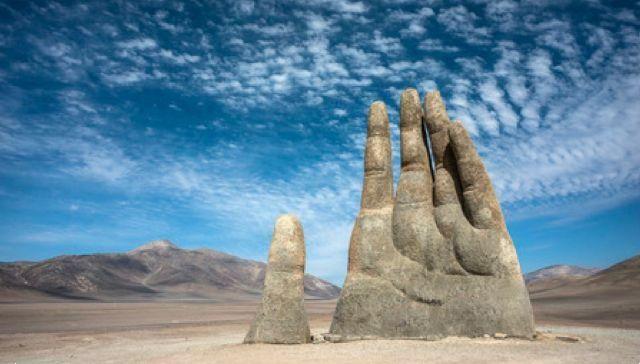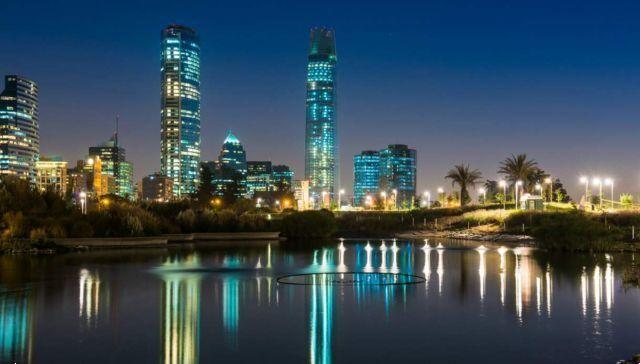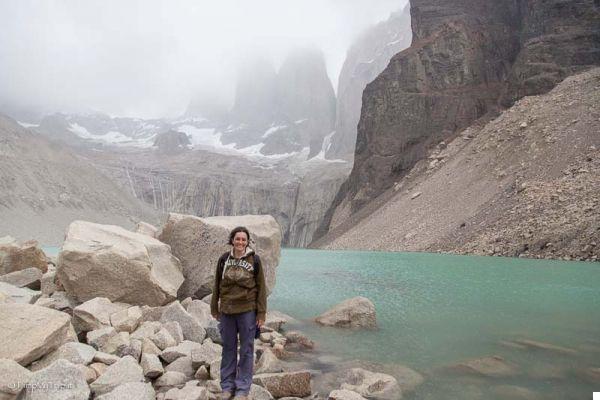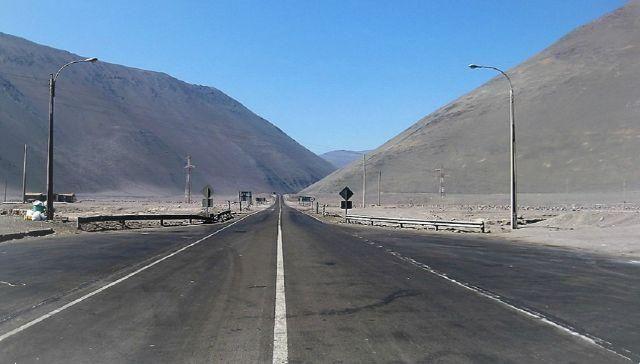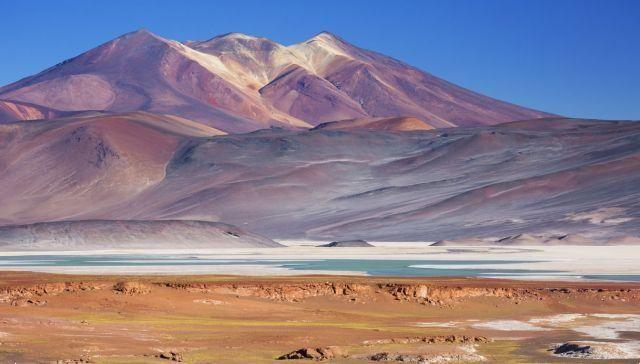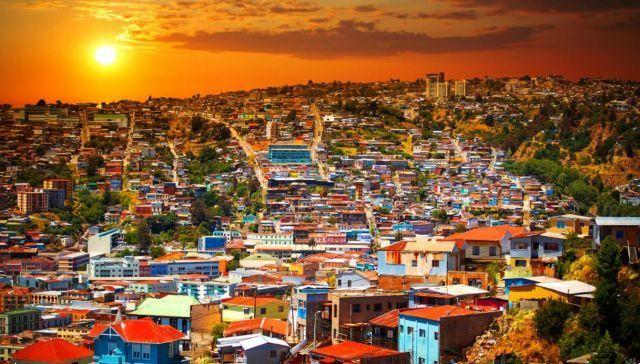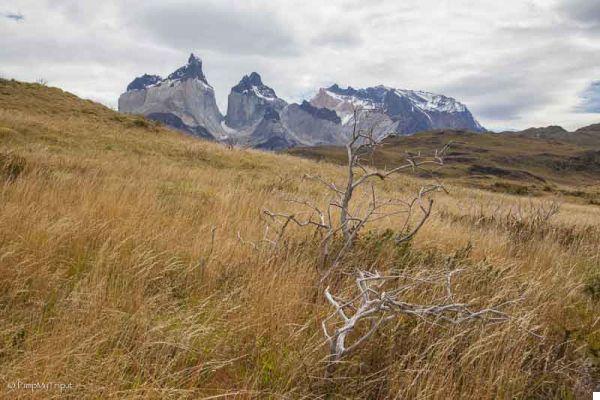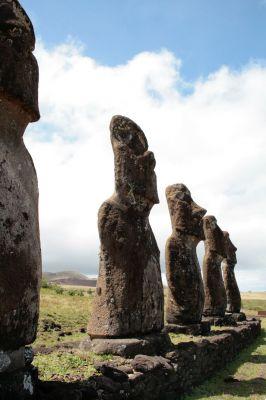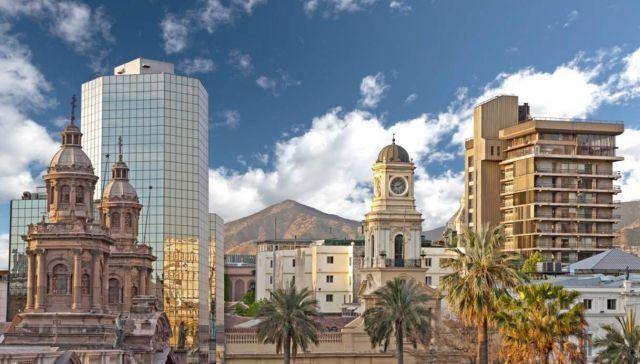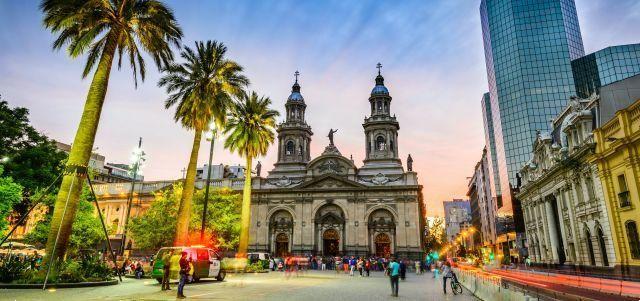 Santiago de Chile offers the visitor the opportunity to immerse themselves in the heart of Latin American culture one step away from the Andes
Santiago de Chile offers the visitor the opportunity to immerse themselves in the heart of Latin American culture one step away from the Andes
Santiago it is the capital and largest city of Chile, at the center of a metropolitan area where 6 million people live. Nestled in a fertile valley at the foot of the Andes, Santiago was founded in 1541 by the Spanish conquistador Pedro de Valdivia with an explicit reference to Santiago de Compostela in Spain due to its location at the edge of the known world. After centuries of relative marginality, Santiago became the political and economic center of Chile towards the mid-nineteenth century, developing around the Moneda Palace, the ancient Spanish mint.
Today Santiago de Chile is one of the largest cities in South America and its history, its multifaceted culture and the Latin American charm they will win you over in no time. In this guide we will indicate the most interesting destinations to visit in a day in the historic center.
To immediately dive into the authentic life of Santiago you can go early in the morning to visit the Central Market, the city's main covered market where every type of local product from all over Chile arrives every day. Among its metal stalls you will find colorful fruit and vegetables, spices, empanadas, an incredible variety of types of corn and above all fresh fish from every type brought by the fishermen of the coast. If later you want to have lunch with some cheap typical Chilean food, the best choice is to return to the market in one of the many restaurants that surround it.
Another unmissable stop is a visit to the Moneda Palace, the ancient seat of the Spanish mint and subsequently the seat of the presidency of the Republic of Chile. Built at the end of the eighteenth century to a design by the Italian Gioacchino Toesca, the palace is in elegant neoclassical style, with powerful Doric columns and a large number of internal courtyards porticoes. The entire history of Chile has passed through this palace, from independence from Spain to the tragic moments of the military coup of 1973 when the Moneda was bombed by the air force commanded by Pinochet and the president of Chile Salvador Allende he was killed by the coup plotters. Today the palace is still the seat of the Presidency of the Republic, but numerous guided tours are organized among the rooms and gardens.
A short distance from the Moneda you can visit one of the most evocative squares in Santiago de Chile, Plaza de Armas, where you will find lush vegetation and the large statue of the Venezuelan patriot Simon Bolivar. If you want to see how the daily life of Chileans flows, the best choice is to sit on the benches in the square and observe it as it comes alive thanks to the large number of people who come every day to walk or chat with friends.
If you want to discover the history and art of Chile, however, all you have to do is enter the numerous museums found in the historic center of Santiago. The largest and most evocative are the Palace of Fine Arts and Chilean Museum of Pre-Columbian Art.
The first includes the most important collection of contemporary art works in Chile, connected to the University's Faculty of Art, and hosts many photographic exhibitions and contemporary artists. The second is the large museum dedicated to the history of Chile before the arrival of the Europeans in the 4500th century, an unmissable opportunity to see a XNUMX-year history up close. Inside, in addition to the interesting collections of archaeological and artistic finds, there are the mysterious mummie dei Chinchorro found in the desert.
To spend some time outdoors and visit a wonderful garden you need to move up to Santa Lucia Hill, the park created at the end of the nineteenth century by the mayor of Santiago de Chile as a place of peace for its citizens. The park is a charming English garden built on the Santa Lucia hill and its romantic paths surrounded by trees are perfect for a relaxing walk. Furthermore, if you reach the top of the hill you will be able to look out from the same balcony from where the young Charles Darwin admired the panorama of Santiago in 1835.
Back in the city center, a very interesting destination to visit is La Chascona, the house museum of Pablo Neruda. In this curious house in the Bellavista district the poet lived his last years of life together with his partner Matilde Urrutia and today it is possible to visit it to enter, in the true sense of the word, into his daily life. The house is open to the public and inside is preserved Neruda's study where the poet spent his days, as well as his prestigious collection of works of art that his friends Diego Rivera and Pablo Picasso had given him.
A small museum, but of great importance for the history of Chile is the Salvator Allende Solidarity Museum, which remained underground for the entire duration of the military dictatorship, is one of the most interesting places to retrace the history of Chile between Allende and Pinochet's coup. In addition to the historical part, don't miss the opportunity to visit the artistic section which collects works by artists such as Mirò and Yoko Ono who created a series of projects to show their support for Salvador Allende.
After a day full of visits and walks, the best choice is to go to the neighborhood of Very often, which has had a great tourist development in recent times, and sit in one of the numerous venues that will offer you delicious typical Chilean dishes and the accompaniment of fascinating live Jazz music in a perfect Latin American atmosphere.




